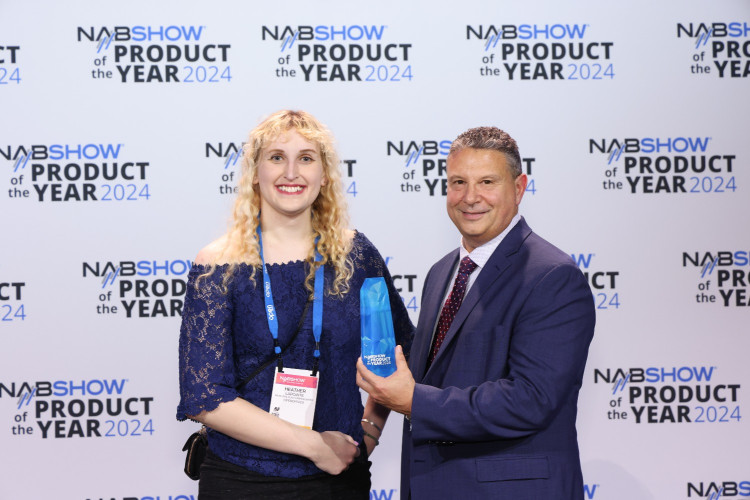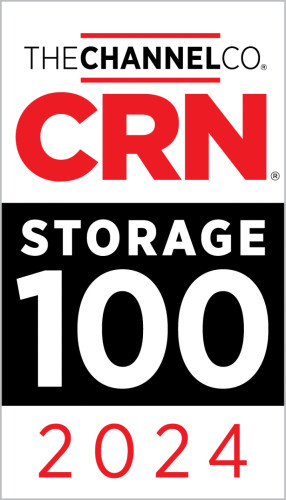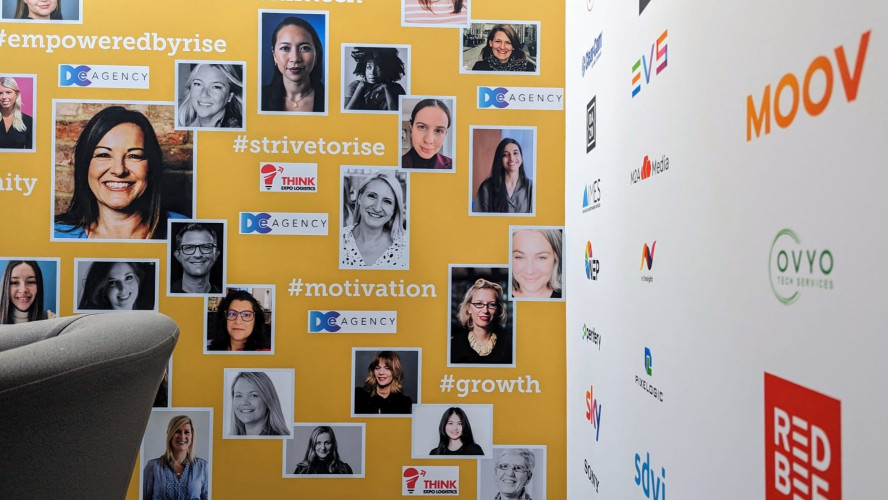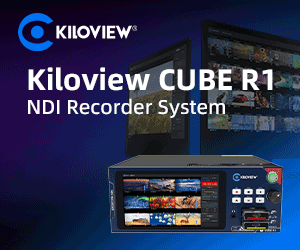Longevity of media archives
Author: Dennis Lennie
Published 1st August 2009
The role of the archive has evolved rapidly, delivering not only new revenue opportunities but crucial conservation possibilities for historical and cultural libraries that have lain dormant for many years. The economic downturn means that now more than ever cost saving is a huge issue; facilities need to create new revenue opportunities whilst reducing costs. Old devices that take up vast floor space are redundant in both technical and ecological terms. Open solutions enable broadcasters to choose best-of-breed for their infrastructure and the workflow becomes far greener. By using a central archive, broadcasters can wrap an open architecture around their workflow, thereby increasing productivity, and enabling them to better manage assets, having confidence that those assets are also protected while increasing ROI and being environmentally aware.
For broadcasters across the globe floor space is a key issue and one that should be addressed. Paul Koopmann, Director of Engineering at US national sports network VERSUS puts it clearly, “Broadcasters simply cannot afford to throw their tape out. Tape is our asset; it’s our bread and butter. The problem that we are faced with is the cost to manage the content, and in a tape-based world that cost is exponential - the more tapes the more cost and the more times you use those tapes the costs increase further. If you start to calculate what it costs to have one tape on a shelf in your facility on an annual basis calculated by the price per square foot for rent and then you factor in environmental costs, real estate taxes, librarians and shelving costs you come up with a tangible figure on an annual basis, which is never represented on any budget anywhere. You then say, now I want to use that tape twice or three times in a year and every time you touch that tape and move it into a tape machine you add on VTR maintenance costs, you add on digitising time, you add on tracking time and lost time of the edit room; it starts costing you tremendous amounts of money for that one tape. This is an operational cost that is not represented on any budget in any broadcast facility anywhere in the world!”
The VERSUS media conveyor belt project is a prime real-world example of how a correctly installed and used archive system can provide huge additional value to a broadcaster or facility. Implemented by Avid and SGL it has paid for itself by reducing tape stock, post/production labour, reclamation of valuable real estate, and delivery of digital content to all departments at VERSUS and all screens (TV, web, mobile). VERSUS sends its tapes to MediaKive, a company based in New Hampshire, who digitise the network’s old content so that it can be re-ingested back into the newly created SGL/Avid solution. VERSUS sends in the region of 1000 tapes per month to MediaKive. The digitised content is then encoded in an MXF file format (DV50), and wrapped with the metadata extracted from VERSUS’ library management system - Nesbit. When the media comes back to VERSUS it is delivered on 1TB E-SATA drives with approximately two hundred hours of content on each drive. VERSUS reclaims its much needed real estate space, saves money, becomes greener and has the capability to repurpose its content as often as it likes: everyone’s a winner.
These issues aren’t limited to storage: they affect the entire broadcast infrastructure. This includes power consumption - how many servers does a broadcaster require; how efficient are the tape drives in their archive; and then there’s cooling – large tape libraries work on a 2:1 ratio - for every watt of power that a unit takes it takes two watts to cool it down. Another cost that you are unlikely to see on any budget!
We know that video server technology can be replaced, files can be transcoded or rewrapped once ingested. But what about the central repository that holds all of a facility’s valuable assets: the archive? How can this outlast the peripheral technology? Certainly the architecture can offer flexibility in terms of new storage technologies and lower power consumption storage solutions. New drivers can be written and updated for those systems that use them, for others the adoption of new transfer protocols to facilitate faster data transfers are required. However, the data held within these storage components (near-line spinning disk and tape libraries) must still be available throughout these changes. How can this be achieved without ‘breaking’ the existing connections between the archive and its serving systems (like media asset management or automation systems)? It is essential that an archive is able to adapt; as peripheral technology changes the archive should have the ability to adjust to new protocols, new communications methods and new standards. Archive providers have got to stay ahead of the curve in all directions.
The answer to this issue lies with the control interfaces to the archive itself: the APIs. One point of contact is no longer enough. With increasing metadata payloads, more adaptable protocols have to be provided. These interfaces have to be as scalable as the underlying architecture of the archive itself. Enter the Extensible Markup Language Application Program Interface (XML API). Along with an open-minded approach to product development (something which most companies in broadcast manufacturing possess) XML offers more flexibility for third party interfaces than has previously been provided. As the demands on the archive change, as the technology around it develops, it is possible to adapt the XML messaging to systems like Media Asset Management solutions without changing the business operation of the archive. Content is still put into the archive and can still be restored from it.
SGL’s XML interface for FlashNet further expands the control functionality between third-party systems - such as media asset management and automation – and FlashNet by providing a flexible solution that can simply be adapted to suit the requirements of the customer. SGL’s open-system philosophy means broadcasters can build workflows and systems specifically tailored to their precise requirements. XML simplifies data delivery procedures, lightens bandwidth and thereby improves ROI.
We are living in testing times. Broadcasters need to continue to expand and update their facilities in order to survive and manufacturers need to be one step ahead of the next technology to ensure that systems will continue to communicate with each other. By adopting an open system approach and being aware of environmental factors broadcasters can adopt a fully integrated infrastructure that meets all their economical, technological and environmental requirements.
Box out
Regardless of the reasons for the archive, it has to be adaptable in order to last.When used as a central repository the archive has to withstand and adapt too many external influences:
1.Changes in Media Formats
- New file types
- New video server types
- New techniques in editing
- New delivery options (e.g. mobile content, IPTV, Web)
2.New archive technology
- Improved Tape Library capacity (new tape formats)
- New Optical technology (holographic & multi-dimensional discs
- Virtual libraries(spinning disk based)
A consistent central repository has to adapt to:
3. Greater usage requirements
- Larger files (HD/3D etc)
- More archive users
- Broader range of file formats
4.Different business policies
- Improved or automated workflow processes
- Disaster recovery policy
- Linked multiple sites



































